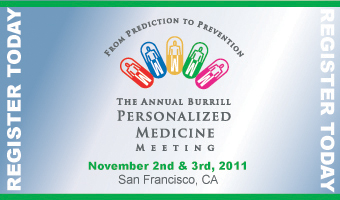“While the healthcare reform legislation passed a year ago is being fought over in the courts and slowly being implemented over the next several years, another form of healthcare reform is underway from the bottom-up.”
Federal calculations on healthcare spending in the United States underestimate the true total by $363 billion a year because they fail to capture consumer spending on a wide range of items and services that are not typically reported in industry, insurance, or government reports, a new study finds.
The study from the Deloitte Center for Health Solutions and the Deloitte Center for Financial Services, released a year after the passage of historic healthcare reform legislation in the United States, suggests the U.S. economic recovery may be dampened because of the high level of out-of-pocket health related spending by consumers that leaves them with less discretionary dollars than previously thought.
The more than $363 billion in hidden healthcare costs identified by the study, falls outside of traditional areas such as doctors, drug prescriptions, hospitals and insurance coverage. The largest portion of this—55 percent—represents the imputed costs of supervisory care to pay for family members who can’t afford it, or care given by unpaid relatives and friends. It also includes spending on such things as functional foods, supplements, and complimentary and alternative practitioners.
The additional costs represents 14.7 percent of total healthcare spending that previously has not been captured in the National Health Expenditure Accounts data, and pushes overall spending on healthcare in 2009 to $2.83 trillion from $2.5 trillion as reported by the government. The findings boost the total consumer discretionary spending on healthcare to 19.9 percent from the 16.2 percent reported by the government.
Though the report was aimed at the financial services industry and argues that lenders, insurers, and financiers need to consider the implications of this hidden spending on their product offerings, it also provides some insight into the changing behavior of consumers as they seek to manage the financial pressures from healthcare.
The report found consumers are taking steps to cut their own healthcare spending through a variety of measures. This includes a strong interest in using generic drugs instead of brand name prescription drugs, seeking alternative sources of medical advice and information at no cost, and using medical services at retail clinics and other non-traditional locations. They are also willing to forgo tests, treatment, or filling prescriptions in order to save money.
While the healthcare reform legislation passed a year ago is being fought over in the courts and slowly being implemented over the next several years, another form of healthcare reform is underway from the bottom-up. Consumers, driven by financial reality, are addressing access and delivery issues on their own, whether it’s using websites or social media to obtain medical advice or going to a clinic inside their local drug store or grocery store as an inexpensive way to get needed medical care. That’s a reminder that healthcare reform will be driven not just by legislative decree, but also by the changing behavior of consumers.
March 25, 2011
http://www.burrillreport.com/article-uncovering_healthcare%e2%80%99s_hidden_costs.html






.gif)
